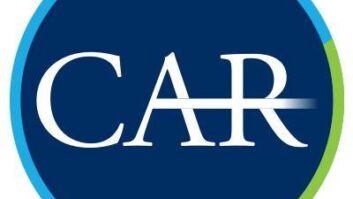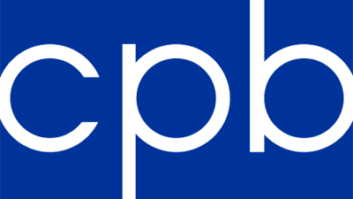Attorney Harry Cole thinks broadcast associations might want to consider challenging how the FCC interprets a question involving main studio compliance.
Cole writes on the blog of Fletcher Heald & Hildreth that the situation cost one station some money and could whack others. If the legality of your studio location depends on a Longley-Rice signal coverage calculation, you might want to pay attention, says Cole (who also contributes to Radio World).
The commission had issued an NAL to an FM that moved its studio to a location not within the city-grade contour — at least, not as calculated by the FCC’s predicted method. The site was compliant according to a Longley-Rice analysis done prior. But the commission said that before a station can move to a site with compliance based on Longley-Rice, it must first get FCC approval; and it now has confirmed the decision (though it reduced the fine a bit).
Cole on his blog criticizes “gaping holes” in the commission’s analysis. “While the [Media Bureau’s Audio] Division continues to claim that the rules require prior FCC consent when compliance depends on Longley-Rice,” he writes, “the language of the rules continues not to support that claim.” He said the FCC relies on a footnote to a 1997 decision, “which still does not appear to support the division’s position quite as firmly as the division seems to think.”
Cole believes the interpretation could be overturned on appeal but that it’s unlikely one station, facing a possible fine of a few thousand dollars, would go to such trouble, given the likely higher cost in legal fees of fighting it hard. And so: “If you moved your studio to a site which Longley-Rice said would be OK, and you did so without any prior FCC approval, it looks like you’re going to be on the hook for a $7,000 fine if and when the FCC finds out,” Cole thinks.
He said that it’s hard, if not impossible, to determine how many stations might be using “a heretofore unapproved studio site the legality of which depends on Longley-Rice.” But, he said, “Perhaps the NAB or one or more state broadcast associations could take up the fight. If enough of their members are facing possible $7,000 fines, it might make sense for such organizations to challenge the division on this. While the economics of the situation (as noted above) make it unlikely that any single licensee will appeal, the calculation changes if the would-be appellant is an association representing a critical mass of potentially affected licensees.”












